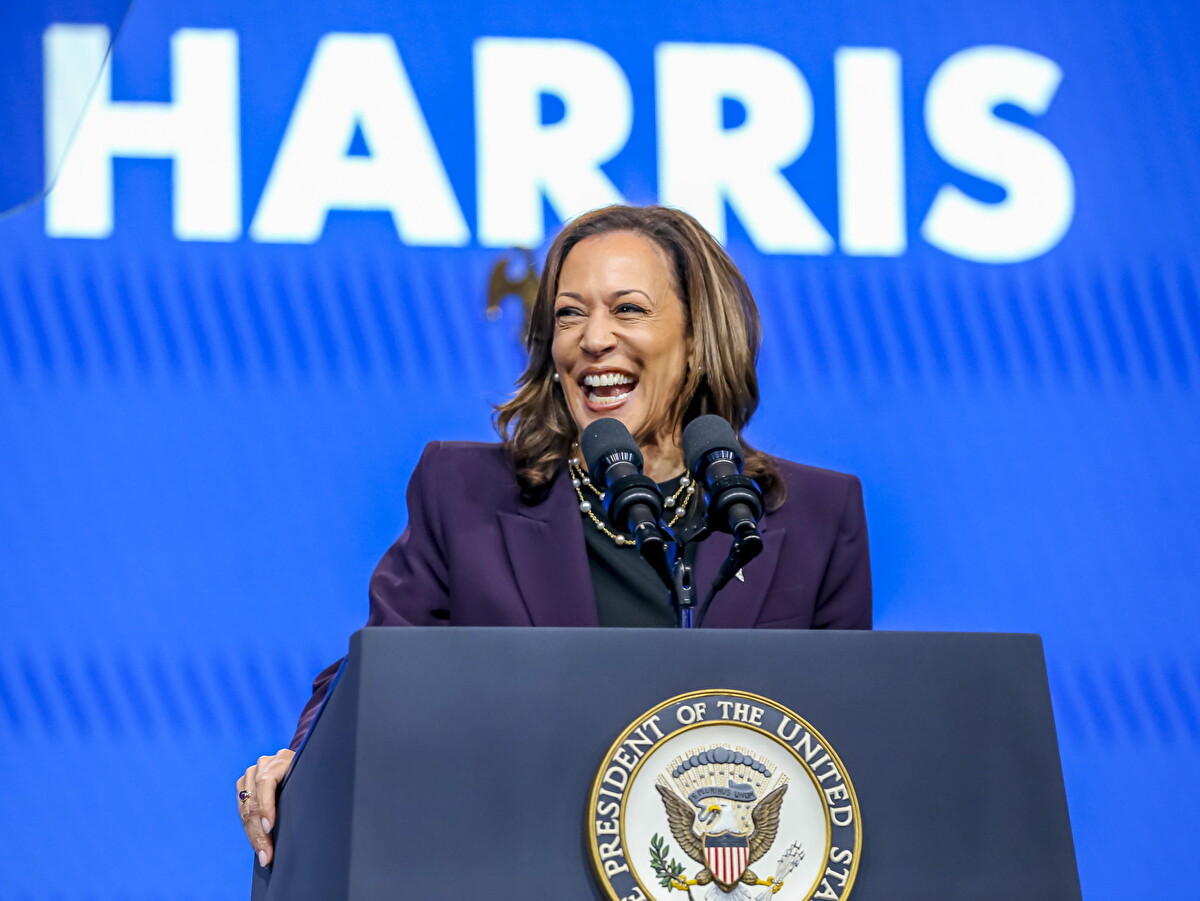Former President Donald Trump remains fixated on crowd sizes, often touted as a gauge of his popularity and political influence. Despite numerous reports highlighting his tendency to exaggerate and overestimate crowd numbers, recent data shows that Vice President Kamala Harris also attracts similarly sized crowds to her rallies and campaign events, which defies Trump’s distorted narrative.
Indeed, Trump’s fascination with crowd size has always been a constant feature of his political career. He has frequently boasted about the size of his rally audiences, using it as a sign of his influence. “I get the biggest crowds, and they keep getting bigger,” Trump said during a recent rally. This narrative stretches back to his presidential inauguration, where he famously disputed reports about the crowd size, claiming it was the largest ever, an assertion that was categorically disproved.
However, as the 2024 election campaign heats up, Vice President Harris has reported a large attendance at her events, revealing that the race for public attention is far from one-sided.
The NYT editorial staff was interested to see if Trump’s boasts had any merit, and so conducted a field study; they attended six rallies, from both election campaigns, in six different states to concretely analyze attendance and crowd size.

On a Friday night, Mr. Trump drew 11,500 people to the Desert Diamond Arena in Glendale, Arizona, while on a Tuesday night during the weeklong Democratic National Convention in late August, Ms. Harris drew 12,800 to a campaign event at the Fiserv Forum in Milwaukee, Wisconsin, clearly beating Trump’s attendance figure.
The other four campaign events the Times attended were also similarly crowded, with the audience generally filling the space allocated for the event. The rallies were held in locations with a maximum capacity ranging from 6,800 to 19,300 people, although in some cases sections of seating were delineated and additional seating or standing areas were also added.
For each of the six events, the NYT staff counted the number of people visible in the footage taken from immediately after the start of each candidate’s speech, also taking into account people who were in low-light or darkened areas. This numerical data does not account for people who may have left earlier, before the footage was taken, or who arrived late.
Below are numerical data of attendees at the rallies held by both Trump and Harris:
Crowd size estimates at campaign events
Kamala Harris
Sat., Aug. 10 Las Vegas 6,200
Tue., Aug. 20 Milwaukee, Wis. 12,800
Thu., Aug. 29 Savannah, Ga. 6,200
Donald Trump
Fri., Aug. 9 Bozeman, Mont. 4,300
Sat., Aug. 17 Wilkes-Barre, Pa. 5,900
Fri., Aug. 23 Glendale, Ariz. 11,500
The figures show that Kamala Harris had a significantly higher number of spectators than Donald Trump, clearly debunking the former President’s distorted narrative that his rallies are far more popular and massive than those of the Democratic nominee.
However, experts say that numbers don’t tell the whole story: event organizers may deliberately choose smaller locations, such as buildings on college campuses, that can accommodate only a few hundred people. In addition, factors such as the day of the week and time of day may influence the size of the crowd and the behavior of participants.
Nevertheless, crowd size has remained a contentious issue for Trump throughout his political career; one that is perhaps more connected to hi sego than to his campaign.
His concern about the issue has increased recently, particularly with the growing enthusiasm for the new Democratic ticket. Mr. Trump falsely asserted that photos of the crowd at Ms. Harris’s events were manipulated through the use of artificial intelligence.
In the current polarized political climate, the comparison between Trump and Harris underscores that large crowds do not necessarily translate into broader political success. Instead, it reveals that both figures are able to excite their bases, although the significance of such enthusiasm remains a matter of debate. Election Day will tell us how the story ends.












